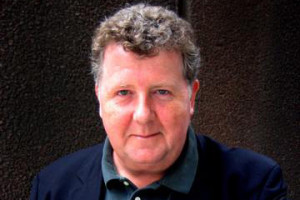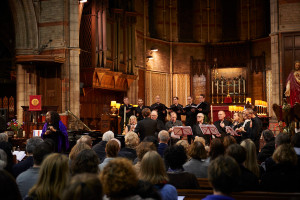On March 3rd the NICE Quality Standards Advisory Committee for Head and Neck Cancer has published its recommendations.
It focuses on four areas of treatment that were recommended in the latest NICE guidelines last year. If the recommendations are fully implemented the patient experience would be enhanced.
The full report can be found here Quality Standard
The areas are (in my words):
Avoiding Over-treatment: Introduce the use of sentinel node biopsies, which would mean reducing unnecessary neck dissections
Nutritional Assessment: Ensuring that before treatment the nutritional needs of all patients are assessed to ensure a feeding tube is in place, if necessary
Accurate Tumour Staging: Use of PET-CT scans to guide treatment decisions
Patient Choice of treatment: Radiotherapy and surgery can be equally effective with some tumours such as early larynx or oropharyngeal and the provision of patient choice is appropriate.
There were many other competing areas of treatment that were recommended by stakeholders for inclusion, and these would have also yielded patient benefit. However Quality Standards are always limited to a small number of issues.





